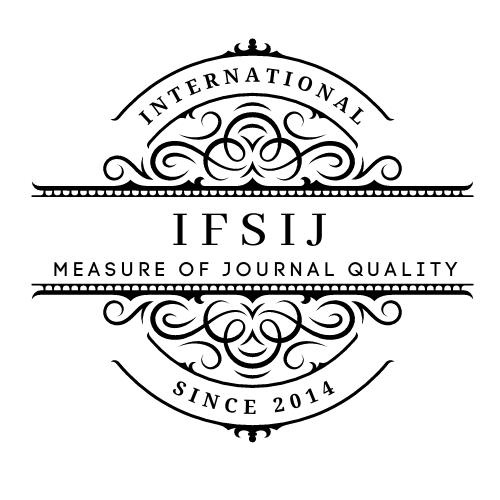SYSTEMATIC IMPLEMENTATION OF BLOCKCHAIN TRANSACTION AND ANALYSIS OF MODERN DATA PROCESSING TECHNOLOGY
Keywords:
Blockchain, problems, areas of application, consensus, synchronous data processing technologies.Abstract
This article presents a systematic analysis of blockchain technology and explores its application in contemporary digital environments. The primary focus is on the challenges associated with distributed blockchain architectures, while also identifying key application domains. The study examines mathematical models and implementation algorithms for core blockchain components, and provides a structured analysis of inherent contradictions within the technology, including a brief review of its internal mechanisms such as data encoding and consensus algorithms. The paper highlights the developmental potential of blockchain-based services, particularly through the concept of smart contracts, which enable autonomous transactions among network participants. These smart contracts facilitate the creation of decentralized, independent organizational units that function according to internally defined rules and operate with minimal external intervention. Such decentralized applications (dApps) offer significant advantages over traditional software systems, particularly in terms of flexibility, transparency, and security. Leveraging the principles of peer-to-peer (P2P) networks, wherein all participants are treated as equals, blockchain technologies enable direct transactions between users without intermediaries. This capability supports the formation of a core processing framework for decentralized autonomous organizations (DAOs)—a novel form of digital enterprise. Decisions built on blockchain technology provide a secure and inherently decentralized infrastructure for transaction processing and data management. A distinct advantage of blockchain, compared to traditional database models, is its algorithmic governance, implemented through a unified protocol. In conclusion, the article offers recommendations for the adoption of blockchain as a means of maintaining a unified data registry, particularly in environments requiring synchronized data processing and management systems.
Downloads
Published
Issue
Section
License

This work is licensed under a Creative Commons Attribution-NonCommercial-NoDerivatives 4.0 International License.















